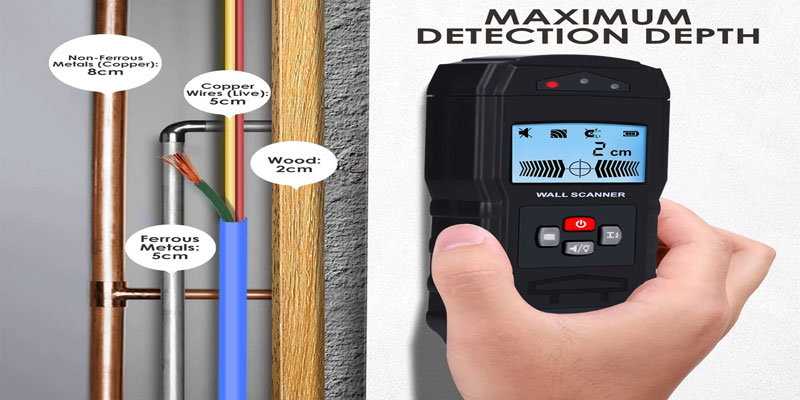How to Mount a TV on the Wall?

There are many reasons to mount a television on the wall it frees space, looks good, and gives greater viewing angles and position opposed to a simple TV stand. However, once you've decided to mount a TV on the wall, there's still the logistical difficulty of securely mounting it up onto the wall.
How high to mount a TV
The old bit of wisdom regarding not mounting your TV above a fireplace still exists. Not only because of the rising heat and soot can harm your television also, hanging your TV that high can hurt your neck to be able to see.
We suggest thoroughly examining circumstances such as natural light sources that might create reflective glare, the organization of your furniture, and how high your TV will be mounted corresponding to where you'll be sitting. Ideally, the middle of your TV should be even with your eye level therefore the hight you're planning on mounting your TV depends on your seating height.
Make sure the wall can hold the weight
Most drywall can hold approximately 15 pounds of weight with a normal nail or screw, suitable for a picture frame, however not enough to mount a TV. That's why TV mounting will require special fasteners that will increase the maximum weight your drywall can securely hold. We recommend installing your TV bracket directly on the studs placed inside your wall. In case this is not possible, we recommend you contact a professional TV installer.
Discover the type of wall
It can be pretty complicated to drill into different types of walls. In case your wall is made out of wood, brick, plaster, or any other material, a special drill bit is required as well as some knowledge. It's important to consult a professional before trying to mount a TV onto a block or other kinds of walls.
A stud finder is a very important tool while mounting a TV, it prevents drilling many holes all over your wall, or more critical, having your TV fall. Calibrate your stud finder by pressing it flat against the wall, turning it on, and allowing it determines the depth of your wall. Next, move it gradually across the wall, indicating the places where it reads studs with a pencil or tape.

Measure the gap between the readings. Most studs are placed about 16-24 inches apart, so if the intervals are irregular or too close or far from each other, take another scan and make sure the results are correct. You can double-check the results of the stud finder by trying to hammer a finishing nail into the wall, trying to see if it runs into a stud.
Make sure there are no pipes or electrical wires in the way
Similar to a stud finder, there are cable and pipe detectors that can discover what is hiding behind the drywall in the location where you want to drill. You should avoid drilling right above or parallel to electrical outlets, in places that are expected to have electrical wiring.
Hiding cords can be complex
While hiding your TV cords inside the wall is the most aesthetically appealing choice, there are several things to know before trying this on your own. Additionally, you must use your stud finder to determine fire blocks inside the wall, which can cause installing the in-wall power extension very complicated or running any wires. There is another option of installing a paintable wire channel to hide wires externally.

Our experienced TV mounting tech can provide service as soon as the same day, to take care of all drilling, and measuring for you. We've mounted many TVs in Miami Dade and Broward Counties, and in addition to installing your TV, we offer Wires concealment, surround sound setup, shelf installation, and much more.
Do you need a TV bracket? No problem - we can get one for you. You're not sure where to hang it? We'll assist you to find the ideal spot.





